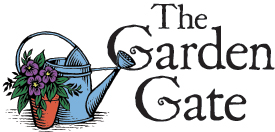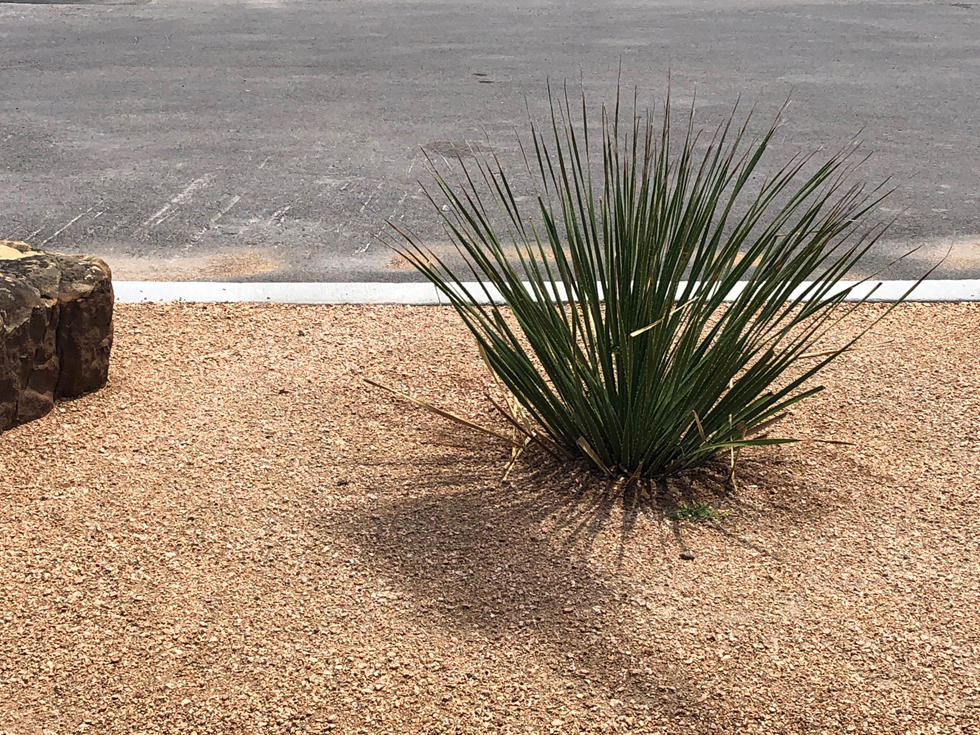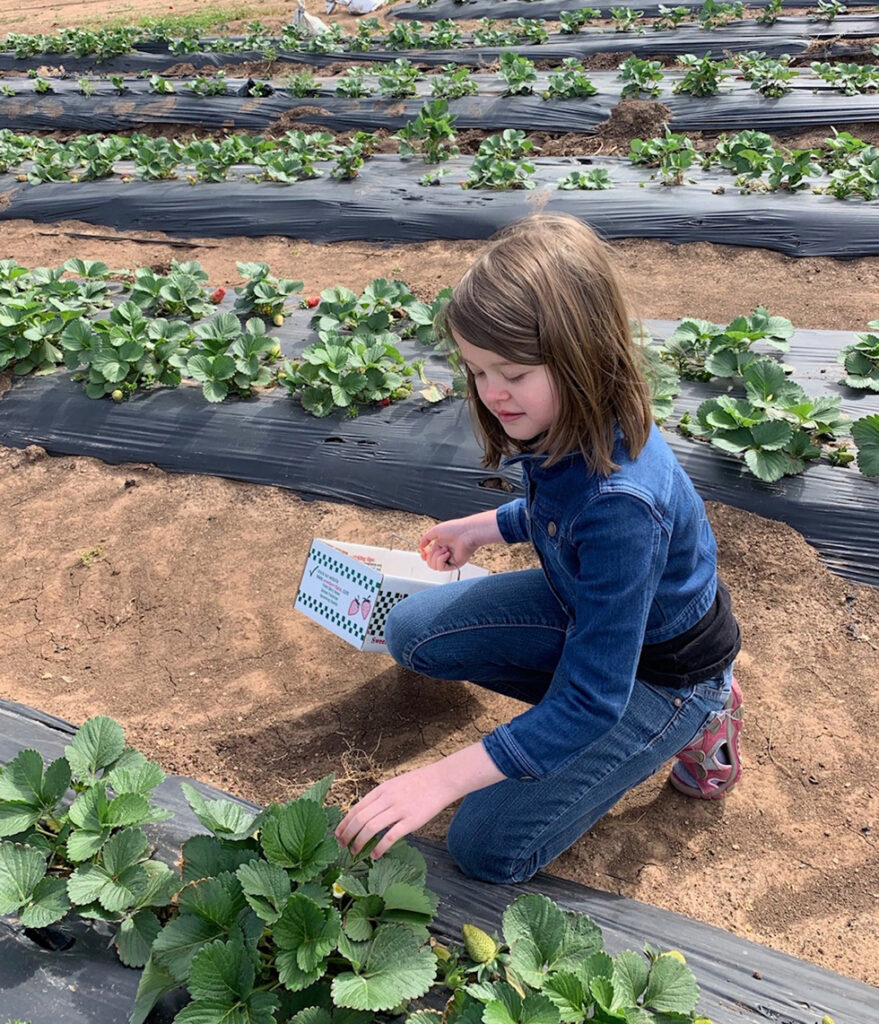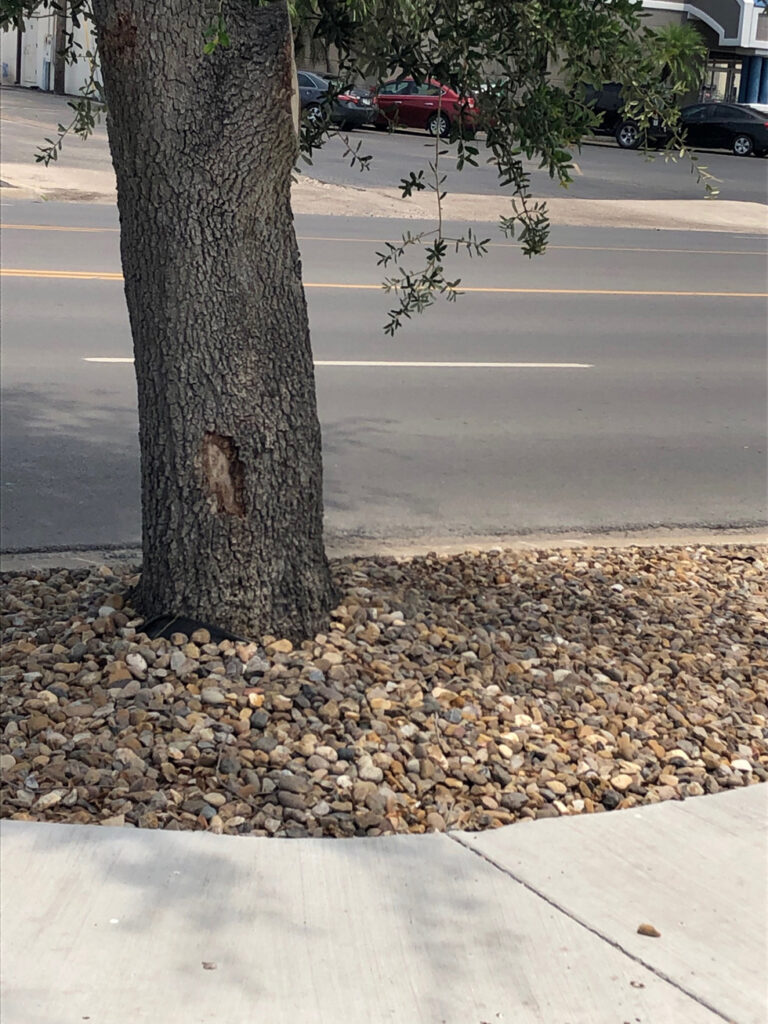- South Texas Students Meet Accordion Music Icons Los Tigres Del Norte In Edinburg Thanks To Khs America/Hohner Alianza Académica Initiative
- Fragile Planet Offers a Nighttime Wildlife Experience
- Falcons Soccer Off & Running
- Cameron County Receives Funds to Improve Two Parks
- Falcons Complete First Half of 32-6A
- School District to Help out Victims of California Wildfires
- Sand Castle Days Continued Despite Unexpected Weather
- Ready for District
- Discussion of Garbage Dumpster Rates, Agreements Between State & City on Highway Regulations, and More
- 31st Annual Shrimp Cook-Off is Right Around the Corner
Proper mulching is just as important to your plants as proper watering
- Updated: June 18, 2020

By ANN JOHNSTON
LFN
One of our Valley treasures is Quinta Mazatlan in McAllen, which is a birding, butterfly and native plant nature center. They have given us a perfect description of our Valley’s seasons, which are three non- traditional seasons: A warm season (Feb- April) ,a hot season (May-September) and a warm-cool season (October-January). The two warm seasons are our double growing seasons.

As we are in the hot season now, we need to be constantly aware that our plants are properly hydrated.There is more to do than provide water for them, however. Mulching, to keep the moisture in the soil and keep it from evaporating, is one of the best ways to be “water wise.” Mulch also helps prevent weeds that will steal moisture from the plants.
Mulch is a material made up of bark, leaves and compost used to cover the soil. Natural mulch helps conserve water, retard weeds and improve soil as the mulch decomposes.
There are several kinds of mulch. Natural mulch is anything made of organic materials that break down over time.Other mulch is made up of recycled, shredded rubber, rocks, crushed granite and plastic fabric weed barriers.
Suggestions: Straw is a natural mulch that is great for vegetables.

• Shredded cypress mulch is advertised as “no float” and won’t float down the sidewalk during a hard rain. It is also said to deter termites, ants and roaches.
• Other natural mulches like pine bark nuggets and shredded hardwoods can come in colors of red, natural and black. The black tends to fade to gray with our strong sunlight.
• Recycled shredded rubber is usually seen on playgrounds. It doesn’t get as hot as rocks or sand.
• Rocks can keep the soil beneath it very warm and keep moisture from easily trickling down to the ground. Crushed granite is packed very tightly, which keeps down weeds but your plants may have a hard time pushing through, too. Both of these are tidy and need little upkeep for parking lot edging beds.
• Natural mulches, because they break down into the soil, do need to be replenished periodically.
Hints: Where should you mulch? Everywhere there is dirt that is exposed.
• Don’t mound up mulch around the base of trees. This “mulch volcano” can cause decay of bark and roots.
• Two inches is a good depth for mulch. Roots need air and water needs to be able to seep down through the mulch.
• Bags of mulch are sold in cubic yards. Country Living magazine gives this formula to use when calculating how many bags to buy. Use the square footage of the bed times two-inch depth (or possibly three inches) divided by 324 equals cubic yards needed.
Look for: The beautiful reddish-orange blooming trees right now are Royal Poincianas. The trees covered with yellow flower clusters like grapes are Gold Shower or Rain Trees.
Come back next week for more hints, suggestions and what to watch for as you come through the Garden Gate.

